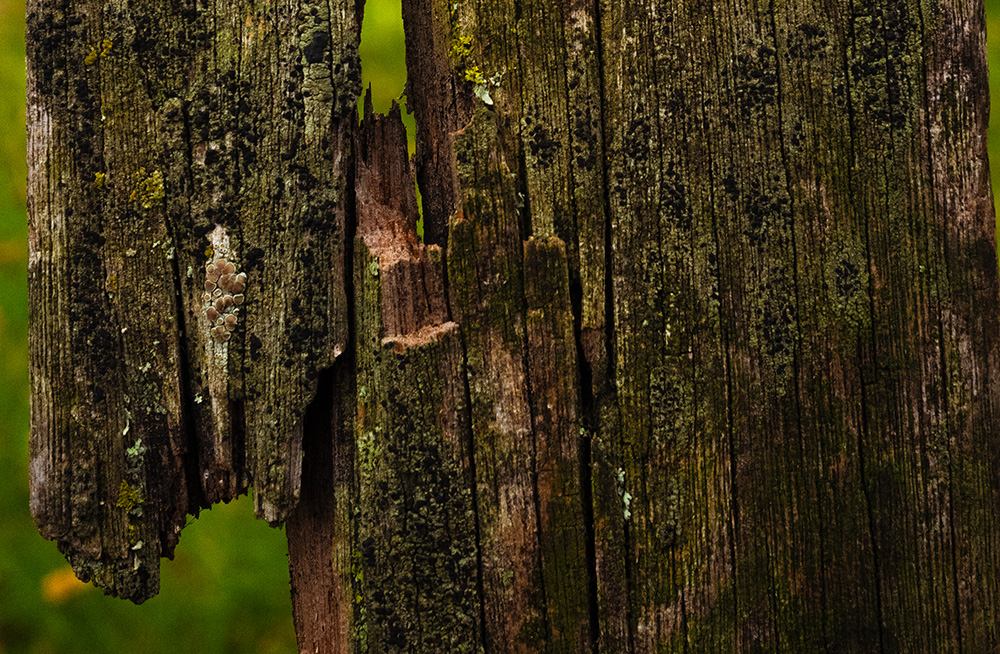Wabi-Sabi art is a fascinating genre in photography that captures the essence of the Japanese philosophy, which centers on the appreciation of imperfection, impermanence, and the beauty of natural objects and processes. This approach emphasizes the aesthetic value found in simplicity, transience, and the patina acquired through the passage of time.
Originating from Zen Buddhism, Wabi-Sabi encourages one to find beauty in the mundane and imperfect aspects of life. The term itself combines “Wabi,” which refers to the beauty in asymmetry and simplicity, with “Sabi,” which embodies the serenity that comes with age and wear. Together, they represent a worldview that treasures the imperfect, the incomplete, and the transient.

Wabi-Sabi often highlights imperfections such as cracks, rust, and decay where photographs tends to be simple, using minimal elements to convey deep emotional resonance. These flaws are not seen as defects but as elements that add character and depth to the subject. It prompts viewers to look beyond the obvious, encouraging a profound reflection on the materiality and passage of time.













This type of photography style often evokes a contemplative or melancholic mood. The moody images deliver a sense of nostalgia, evoking a dialogue between past and present. Such techniques only amplify these characteristics and are mostly used with natural light. Rather than creating artificial setups, which could as a result of that, undermine the authenticity of the subject.

Therefore, post-processing images plays a minimal role; however, subtle adjustments like increasing the contrast to highlight textures or graininess of a film or digital noise to enhance the imperfect aesthetics and converting to black and white can only add to the timeless quality. The goal is to enhance the natural beauty as opposed to transforming it.
In a world focused on perfection and speed, Wabi-Sabi art photography teaches us to pause, appreciate, and find beauty in the ordinary. It is a refreshing reminder that there is much to admire in the unfinished, and often, the most poignant beauty is found in what is left behind. Through this lens, the world is seen as exquisitely flawed, wonderfully complex, and profoundly beautiful in its natural state.
Audio:











